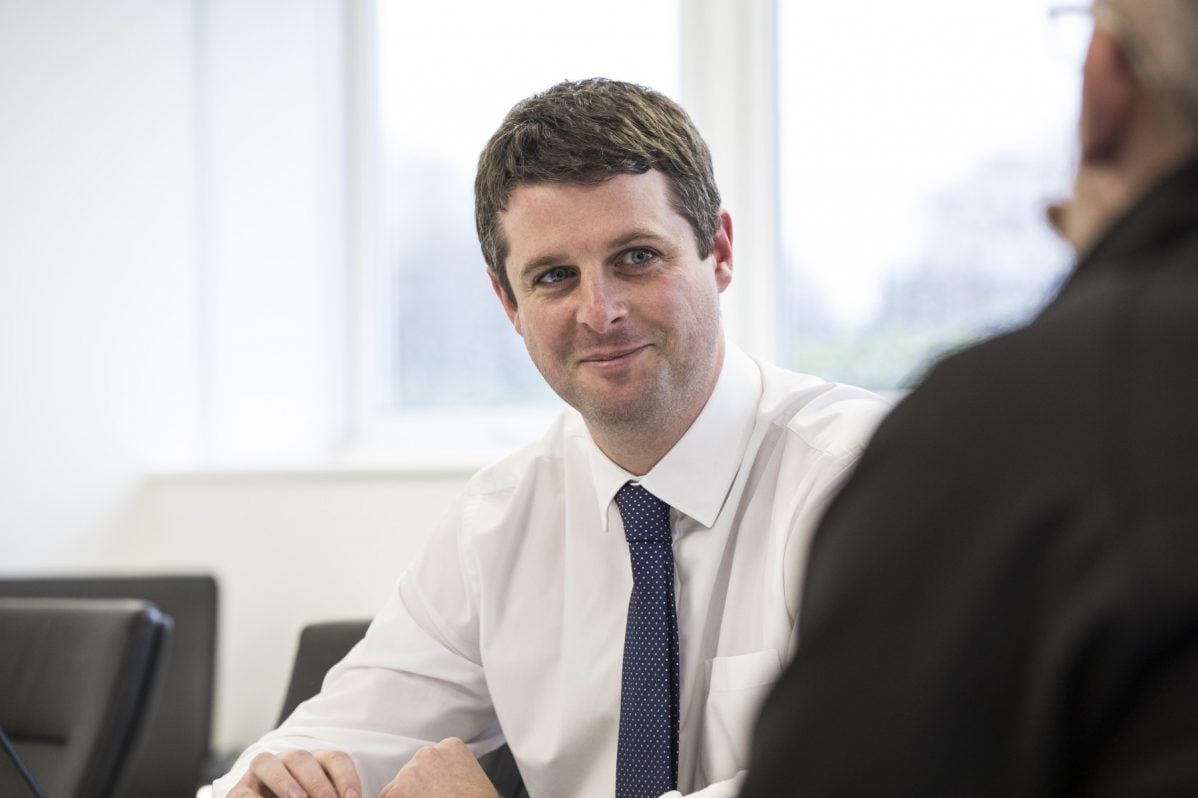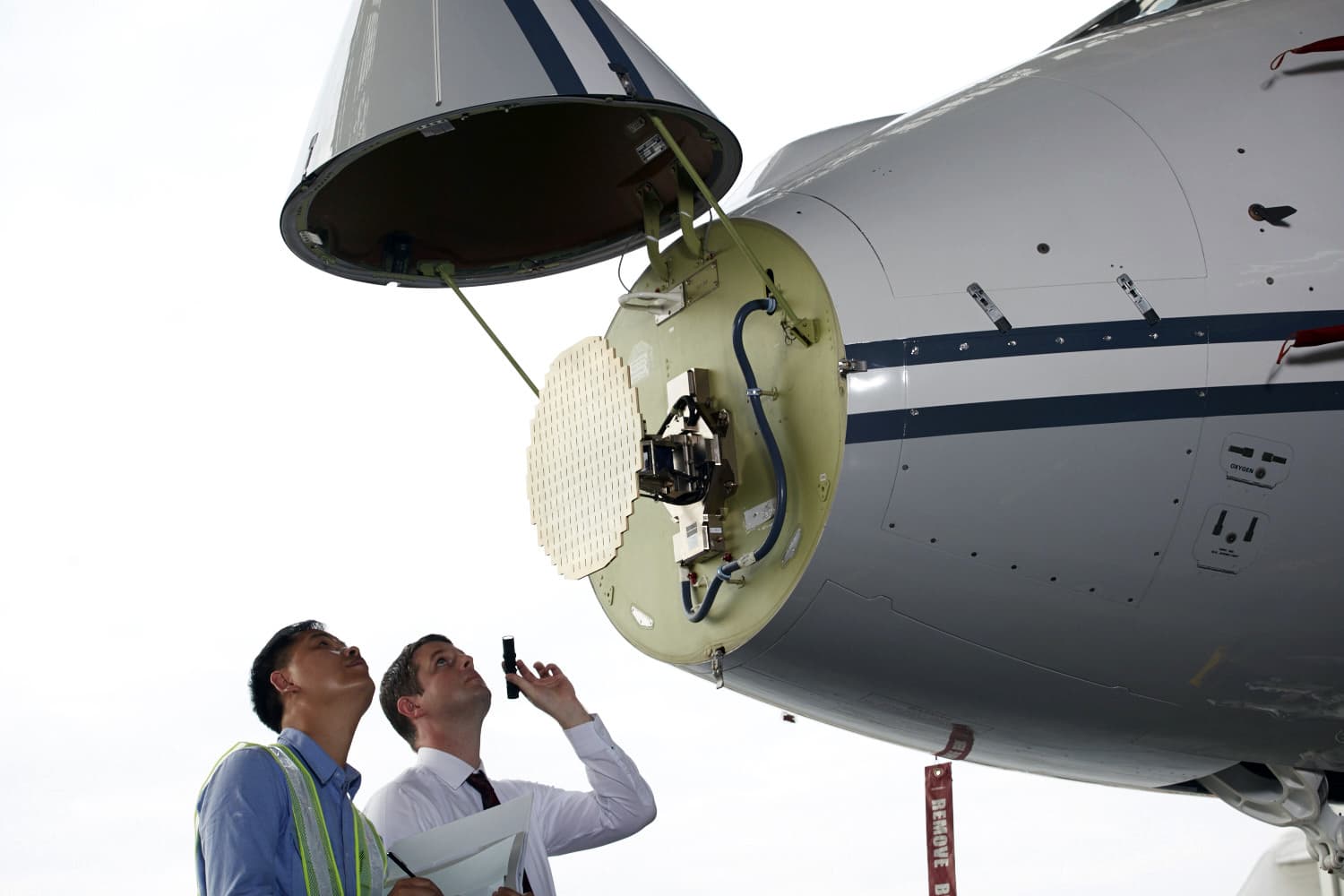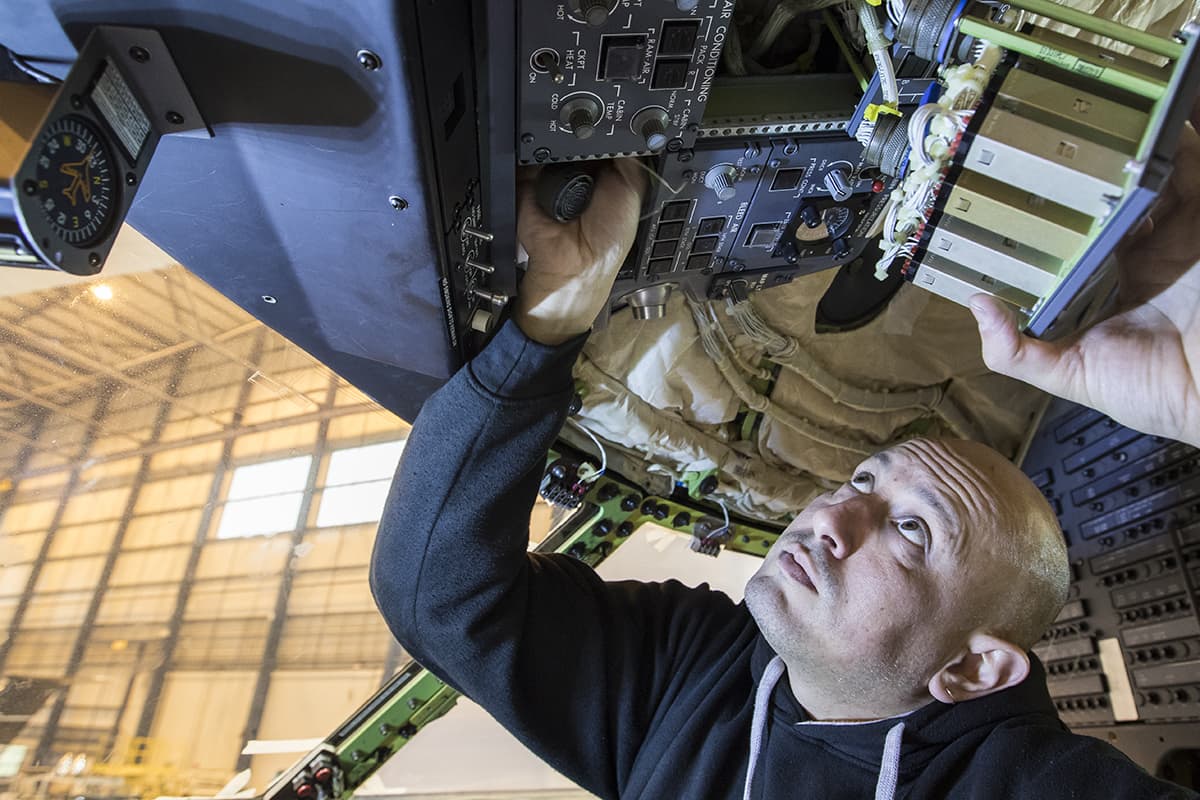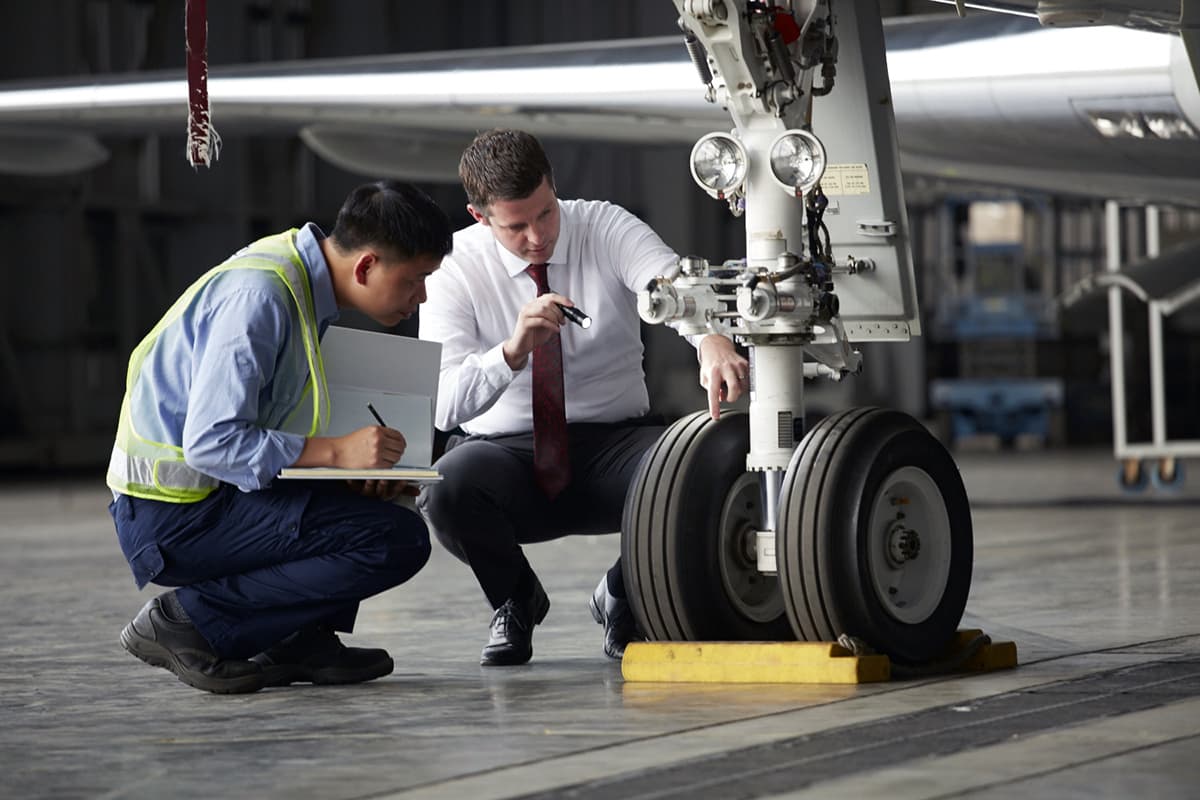
Spotlight: Mark Durcan, Head of Jet Maintenance, Europe
In this edition of Spotlight, we talk to Mark Durcan, Head of Jet Maintenance at Bournemouth International base. He talks candidly about his experience, when things go right and his top tips to avoid problems during major inputs.
Mark, you’ve worked for us for a while now but how did it all start out for you?
Mark: I started my career as an apprentice engineer for Britannia Airways that then became Thomson and is now part of the TUI group. My father spotted the advert in the local paper on the application closure date. I recall having to fill out the application in the Britannia training building car park. All in all, it was a fantastic apprenticeship, that put me in good stead for the future.
What aircraft did you work on during your apprenticeship?
Mark: In those days the aircraft were very different and there was a real mix of the older types from the Boeing B737-3/4/500 and some of the more advanced with B757-200 and B767-300. It was a long way removed from Gulfstream G650ER’s and Bombardier Global 5000s.
So, what was your first experience in Business aviation?
Mark: From Thomson I was lucky enough to join Gulfstream Luton as licenced mechanical inspector after obtaining my B1.1 licence. I joined at an excellent time and was fortunate enough to be type rated across several aircraft; I was also seconded to the G650 Flight test department during its test phase. I got to know the G650 well and it is a type has followed me through my career particularly when I moved to Hong Kong, working across the Gulfstream range including the GIV-SP, GV, G550, G650 and G650ER, including heavy maintenance inputs and aircraft deliveries.
How did you find Hong Kong & working in SE Asia?
Mark: I would certainly recommend to everyone to enjoy the experience of working and living in Asia. Geographically the distances are huge, and the support structures are not the same as the US and Europe, yet the Principal’s demands are the same. If the aircraft is AOG down route in Indonesia or the middle of China, you rely on the strength of your supply chain and engineer network, because that aircraft needs to get back in the air safely and in short order.
Add to this you have different environmental challenges. Hot and harsh weather, highly corrosive locations and T10 typhoons, it’s all in a day’s work when you’re working in Asia.
You are now Head of Jets at Bournemouth, what bought you back to the UK?
Mark: Historically the company had a very strong reputation in King Air and turbo prop maintenance across the private, air ambulance and defence sectors. My interest was working with the management team to take the good practice we have accumulated through years of working in the furnace of delivery for mission critical aircraft, but to build the Jets side of the business by applying the same philosophies.
Having been involved in heavy, complex maintenance events throughout my career from apprentice through to Senior Engineer/C-certifier, Project Manager, Form 4 Maintenance Postholder and as a dedicated customer representative, I felt I had something to offer that would drive our success in Bournemouth. My experience gives me the benefit of being able to look at a project or problem from all angles, and most importantly, our customers’.
How is that going?
Mark: Very well. Moving to Bournemouth provided us with a facility that is one of the best in Europe. At 100,000 sqft of space we can accommodate a BBJ 747-8 and still run major checks for smaller business aviation types. It has also allowed us to streamline our stores, key services such as our Part21 J & G team and provided a great working environment for our maintenance teams, and customers.
This year we will have completed major checks and completion projects for Challenger 604/605s from Europe and the Middle East; Bombardier Globals from the UK and further afield and hopefully we will soon greet our first Embraer Legacy. On top of this we have bought back to Bournemouth International two international carriers for line maintenance tasks when their principle hangar space is full.
All-in-all, 2019 has been a good year in which we have gained significant market momentum with Bombardier products and we’ll springboard into 2020 by increasing our capability and type coverage to other business aviation OEMs.
What will 2020 bring?
Mark: More of the same. The MRO business is very competitive however we have had some notable success by offering bespoke, alternative pricing models for modifications such as ADS-B Out, which are out performing the OEM equivalent rates.
We’ll be adding more capability on base checks for Bombardier Globals as well as looking to support other OEMs such as Embraer, as we are doing in Hong Kong. The interior completions and paint business have been good for us in 2019, particularly coupled with major 96-month checks.
I see us working much more closely with our colleagues in our US completions centre at Fort Lauderdale as we build this capability out, particularly on the design and supply chain side, where coupled with our in-house Part 21 team, we are very strong.
What about the market, particularly with the OEM’s moving downstream?
Mark: This is a natural evolution of the marketplace. Globally we are well positioned to fill in the gaps left by the OEMs as there will always be a need for independent MRO facilities. Additionally, our global coverage allows us to provide a single customer multinational coverage to support that aircraft on its mission. This is a feature of our global maintenance capability that few others can provide.
You’ve had a broad cross section of experience operating different types in different locations around the world. What are your tips / observations?
Mark: That’s a good question. I’d say the following have been helpful to me.
Safety. You need to constantly remember what your primary function is as a certifying engineer, and the responsibility you hold. To me this is safety. Everything you do is governed by this such that commercial, departmental and owner pressures are entirely secondary.
I remember being told very clearly when receiving my very first 145 authorisation that “the actions you take and tasks you certify stay documented for life. There’s no hiding from them when things go wrong, so make sure you’re diligent and responsible”.
Those words have stuck with me throughout my career.
Assume nothing. I’d say this is an aviation maintenance maxim. Every time I have seen anyone assume anything it has always ended up being wrong. Sometimes we assume because we don’t want to ask. Always ask and keep asking until you get to the truth of it.
Reduce the grey areas. On a similar theme to the above, any grey areas in a process will cause you, your team and your customers nothing but pain. Therefore, you need to reduce them and have robust and effective procedures for your teams.
In previous roles I have witnessed substantial and costly mistakes made because nobody had walked through the grey areas, determined responsibilities and ensured agreement. The best examples of this are completion projects, where you’ll have the owner, owner representative, CAM / Tech Director, operator, design team, pilots etc. all inputting. Any changes to the agreed program and there will be cost / time penalties – carpets, veneers, leathers all have lead times which have an impact on your return to service schedule. Put simply, grey areas cause pain.
Meetings. Why does nobody write things down these days? You should always walk out of a meeting with a set of agreed actions noted.



